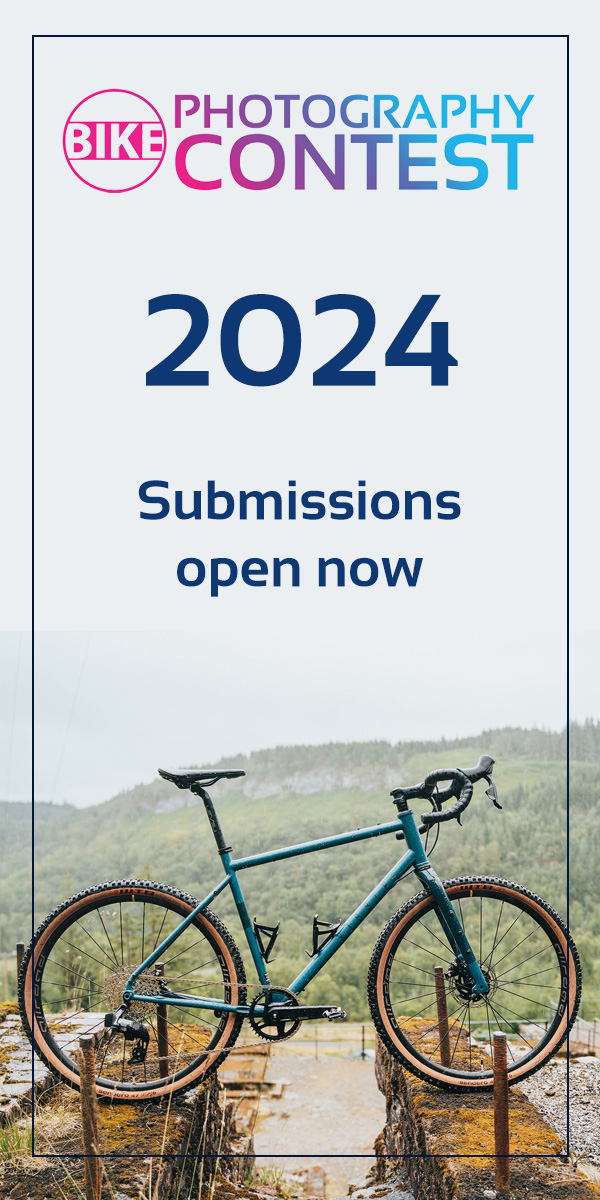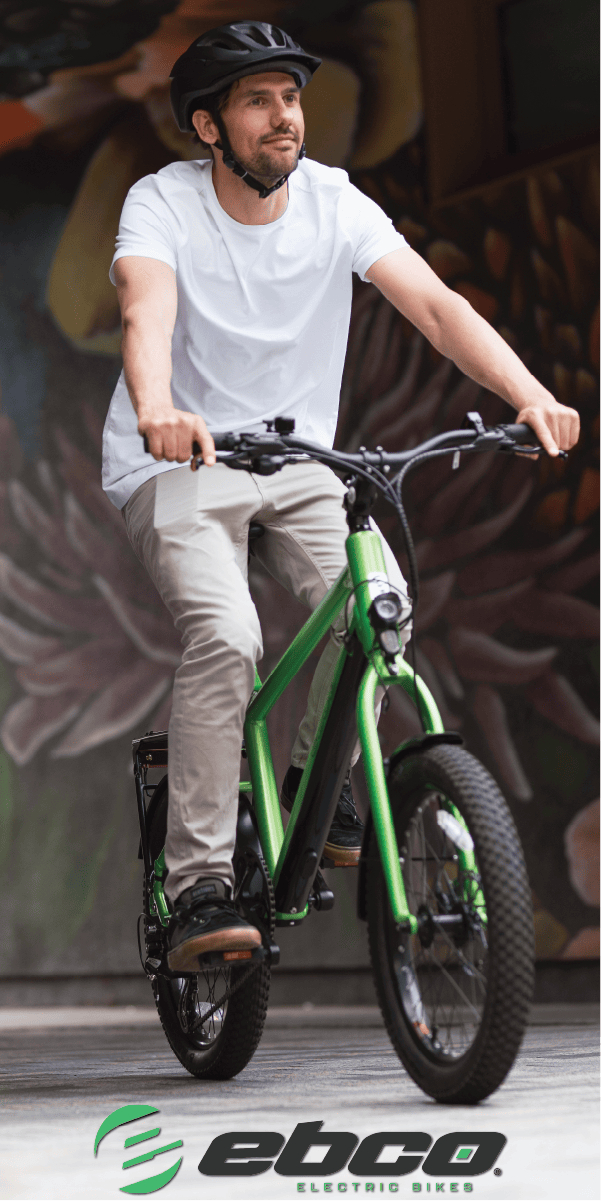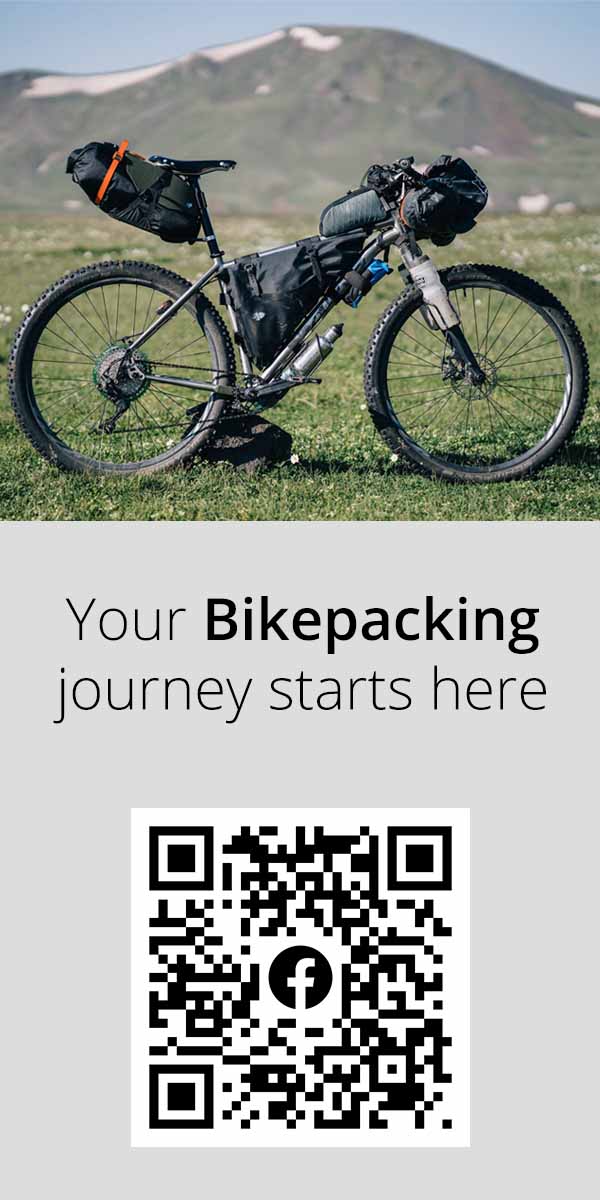Cycling at night
Even if you ride your bike to work, chances are you’ve never had to ride at night.
Maybe you tried it once, scared the bejesus out of yourself, and swore it off forever. Last time the boss asked you to stay late, you threw your bike in the back of a co-worker’s truck and scooted home with your tail between your legs.
And for good reason.
Without the right gear, night riding is as terrifying as it is dangerous. Even with the right gear, night riding is scary until you get used to it. But there are steps to take to ease into night riding, do it safely, and stay on your bike after hours.
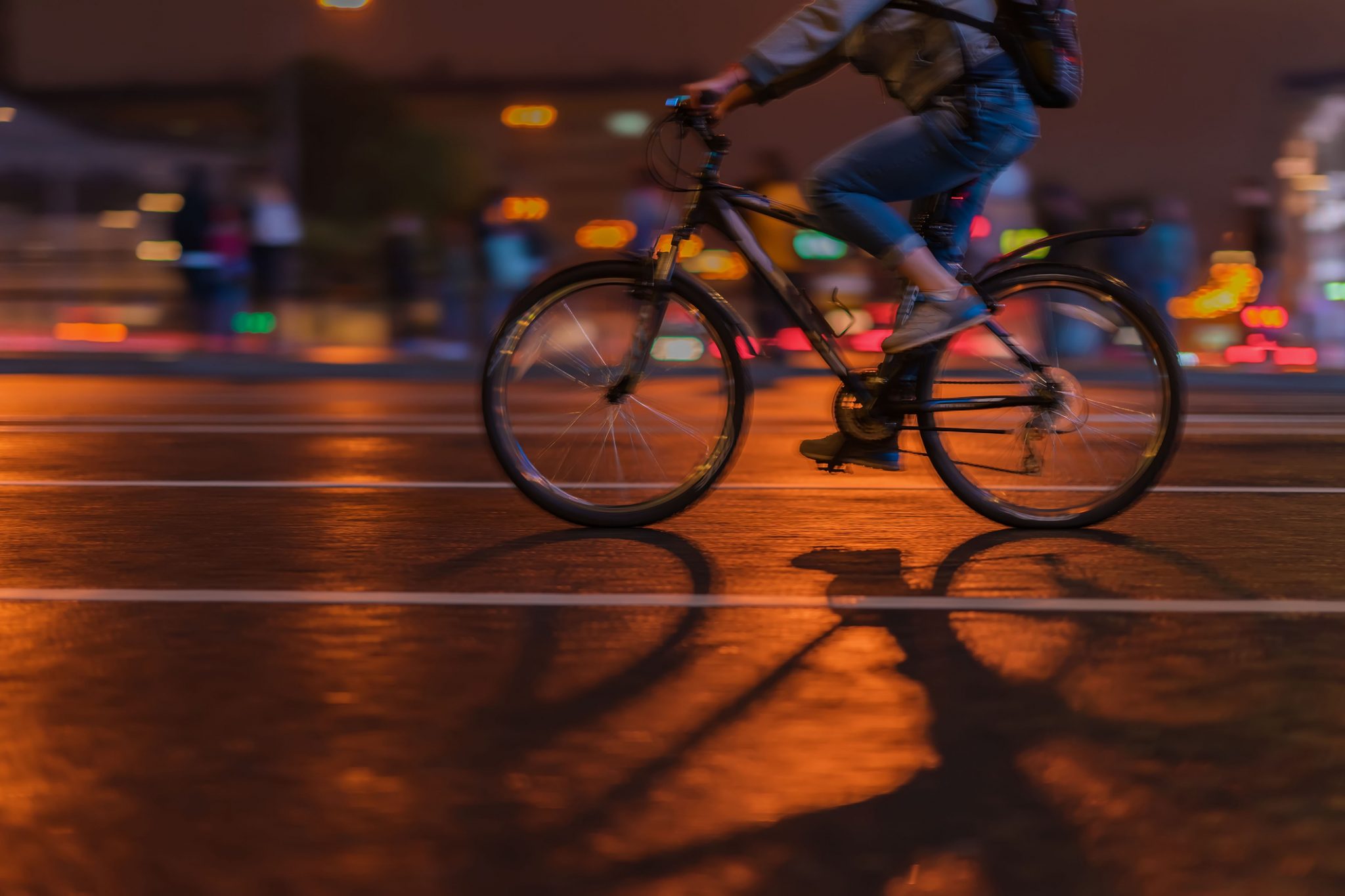
Tip #1: Try Night Riding on a Lighted Bike Path
Many bike paths designed for commuters run lights well into the night, making them suitable for bicycle commuting well past sunset. Cyclists don’t need much more gear than they’re used to in order to use these paths.
Read the signs before entering the path to find out if the lights run all night or if they shut off at 10 or 11 PM.
Tip #2: Wear Clear Sunglasses or Safety Glasses
Plenty of cyclists own slick, cycling-specific eyewear. But if you’re used to riding during the day, you probably own dark lenses for them. Maybe you found yourself at the bike shop, looking inside a case full of shades, and wondered why anyone would want clear, yellow, or rose-tinted lenses. The reason is simple.
Some cyclists ride at night.
Clear is the best choice. If you don’t have a pair of clear, cycling-specific glasses, a cheap pair of clear safety glasses picked up from an auto parts or hardware store on your lunch break won’t break the bank while solving most of your “boss asked me to stay late, but I rode my bike” problem. If you’re feeling quirky, a pair of vintage aviation goggles works, too.
Tip #3: Constant Vigilance
If you thought playing in traffic in broad daylight was scary, night riding is a whole new ballgame. If you ride a high end road or mountain bike, the mechanic at the shop you bought it from no doubt removed all of the reflectors long before you bought it. If your bike is a frame-up build, it’s probably never been within 2 feet of reflectors unless you parked it next to someone’s single-speed Walmart special at the bar one night.
If you’re used to riding around in cruise mode during the day, switch to everything-is-trying-to-kill-me mode when you ride after sunset. If this is your first night cycling rodeo, go slow and keep your eyes open for unexpected obstacles, bumps in the road, potholes, and other obstructions.
Alter your body position to take the weight off of your seat and put it squarely on the pedals. Use your legs as suspension to soak up anything you might not see with your eyes first. Well trained legs “see” things long before your eyes do and may save you from things your eyes miss at night.
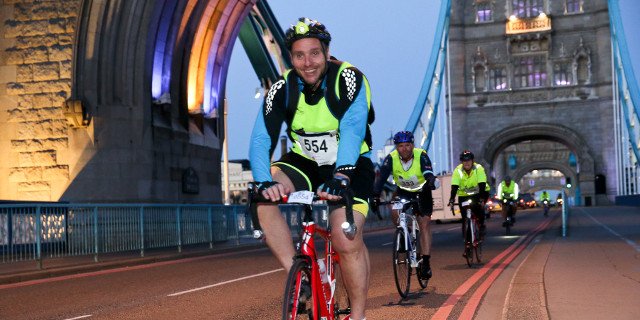
Tip #4: Add Reflective Tape to You, Your Gear, Your Bike
The idea is to make yourself as visible as possible. Buy reflective duct tape from the hardware store and add strips to your bag. Add strips to your frame. Add strips to your shorts or pants and the shirt you plan to ride in. The same store you bought your clear safety glasses from earlier probably stocks rolls of reflective tape, too.
Tip #5: Plan Ahead
Remember “failing to plan is planning to fail” from middle school? Well it’s back with a vengeance now that you’re all grown up and have taken to riding your bicycle to work.
So far these tips focus on what to do if you find yourself staring down an unplanned riding-at-night situation. A stop at a nearby hardware store on your lunch break will get you kitted out with the basics, stuff that will help you survive your unplanned night ride. Use Google to find a bike path, hopefully lighted, and make sure you’re covered in reflective tape, wearing the right glasses, and prepared for the unexpected while you ride.
To become a night riding connoisseur, like the folks at NiteRide.org, you’re going to have to do better than a one-off trip to the hardware store. A lot better. If you find your bicycle commute often strays into the midnight hours, the right bike and a killer lighting setup ensures you go farther and faster, all while doing it as safely as possible.
Tip #6: The “Right” Bike
The right bike is usually the one you ride the most, but for night riding it’s best to leave the boy-racer carbon frames and 21mm tires at home. A pared down race frame gives fewer options for mounting lights and other gear, for one. Destroying it on a commute might mean scoring a 20-year-old Schwinn before next week’s criterium.
The right bike for night riding is one you can afford to crash and lose. A road bike with 10-year-old components, fatter-than-normal tires, and coveted fender mounts is the “perfect” night time commuter bike. The only thing worse than riding home soaking wet is riding home soaking wet when it’s dark out.
Fatter tires, in the 28-32mm range, soak up bumps and other unexpected creature-features of the night a lot better than rock-hard race tires. At the end of the day, when you’re feeling fatigued, the extra “cushion” goes a long ways towards the “pushin'” you have to do to get home.
Tip #7: Don’t Outrun Your Light
Everyone knows light travels at approximately the speed of smell times a Google, give or take a few tech company IPOs and a bank bailout or two. If light goes so fast, how on earth is it easy to “outrun” most high-powered bicycle lights? It comes down to the power behind the light itself, and the average rider’s reaction time.
A big, powerful light might shoot a decent beam 50-75 feet when stationary. That’s great. Until you start moving. At 30 miles-per-hour, you’re also going 44 feet-per-second. That means every second you ride your brain processes about a second’s worth of brightly-lit terrain.
The rub is it takes a half second, on average, to react to anything. It takes roughly half a second for the average person to react to anything. And that’s pretty optimistic, actually. An average person, who is completely on their game and well prepared to react still takes about a half a second to react to anything. Constant vigilance is important. At 30 miles-per-hour, you’ve already gone 22 feet by the time you have time to react to anything in front of you.
With only 50 feet of light in front of you, that leaves precious little margin for error at 30 miles-per-hour. Regardless of what light you choose, slow down to increase your reaction time and subsequent margin for error.
The Last Word: Slow Down!
As a general rule, the less prepared you are for night riding, the slower you should ride your bike. If it’s really dark, you may even have to walk your bike to a better lit place to avoid crashing or worse.
